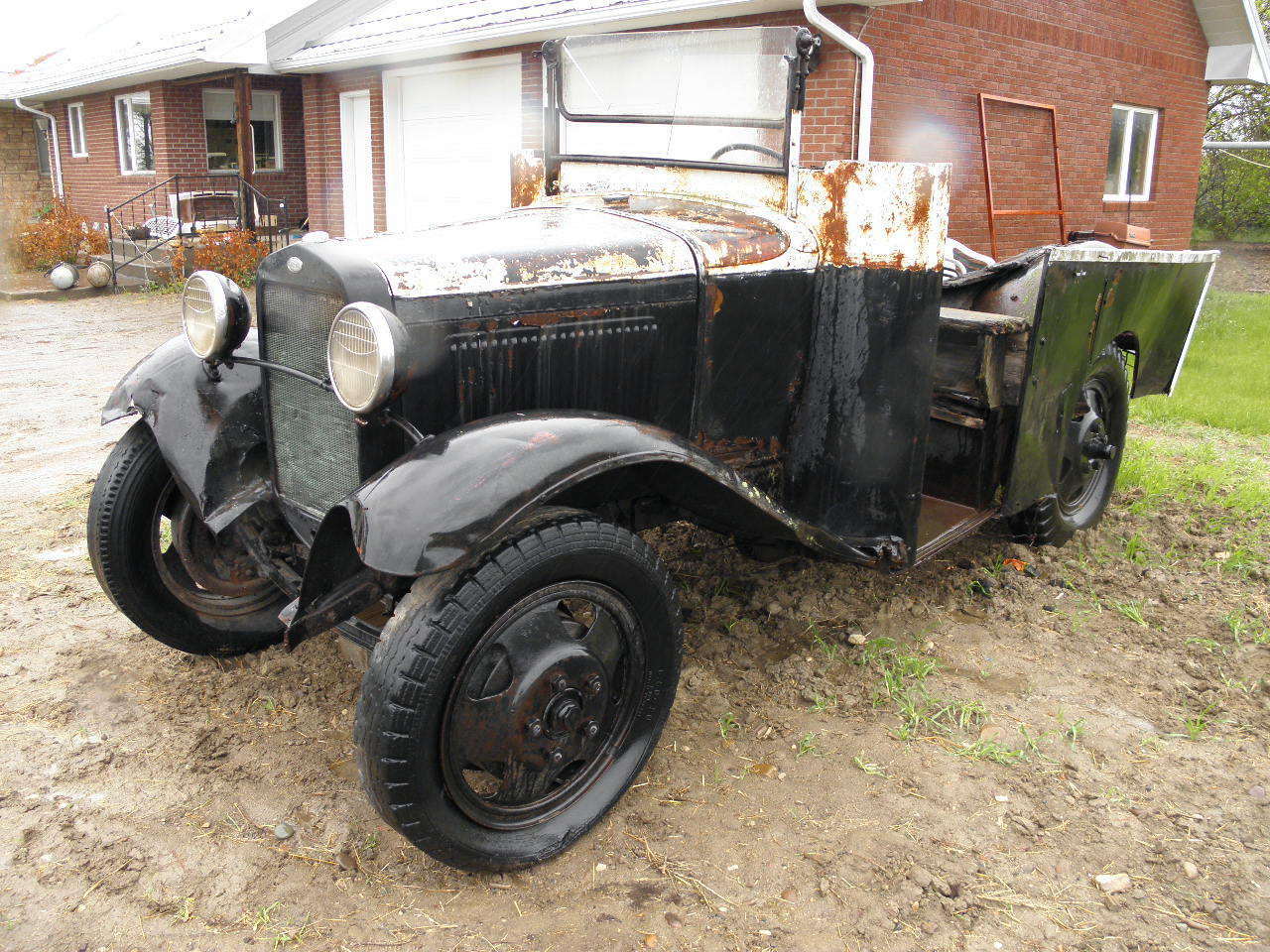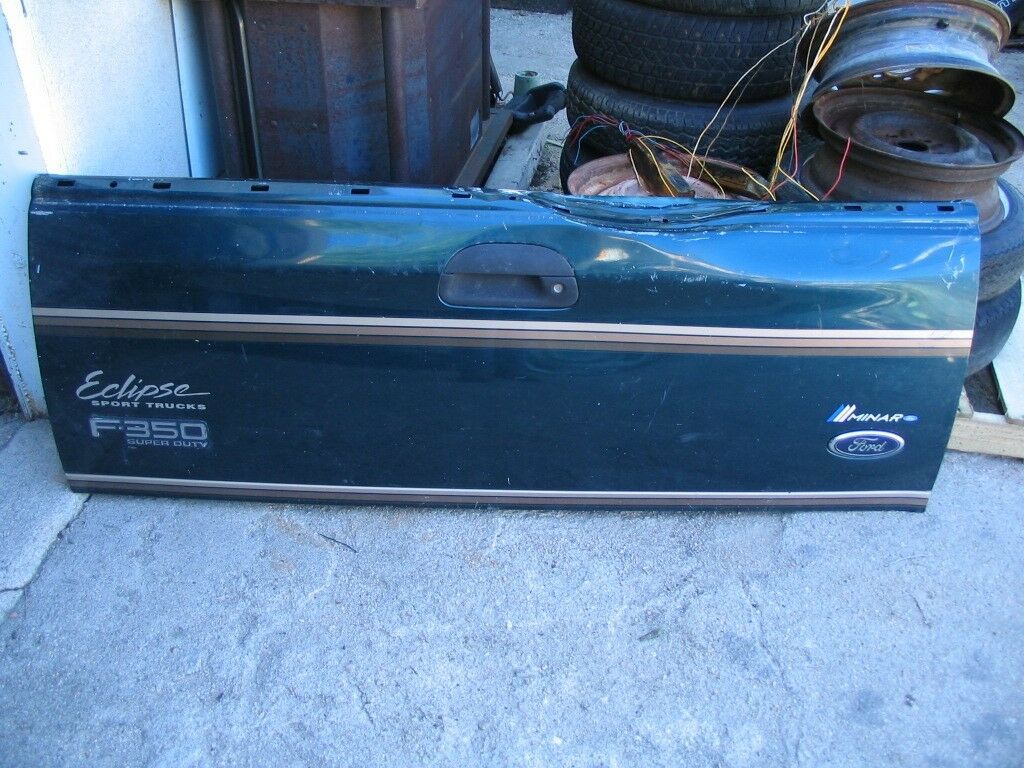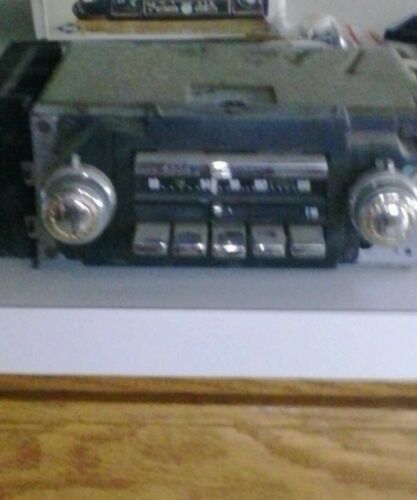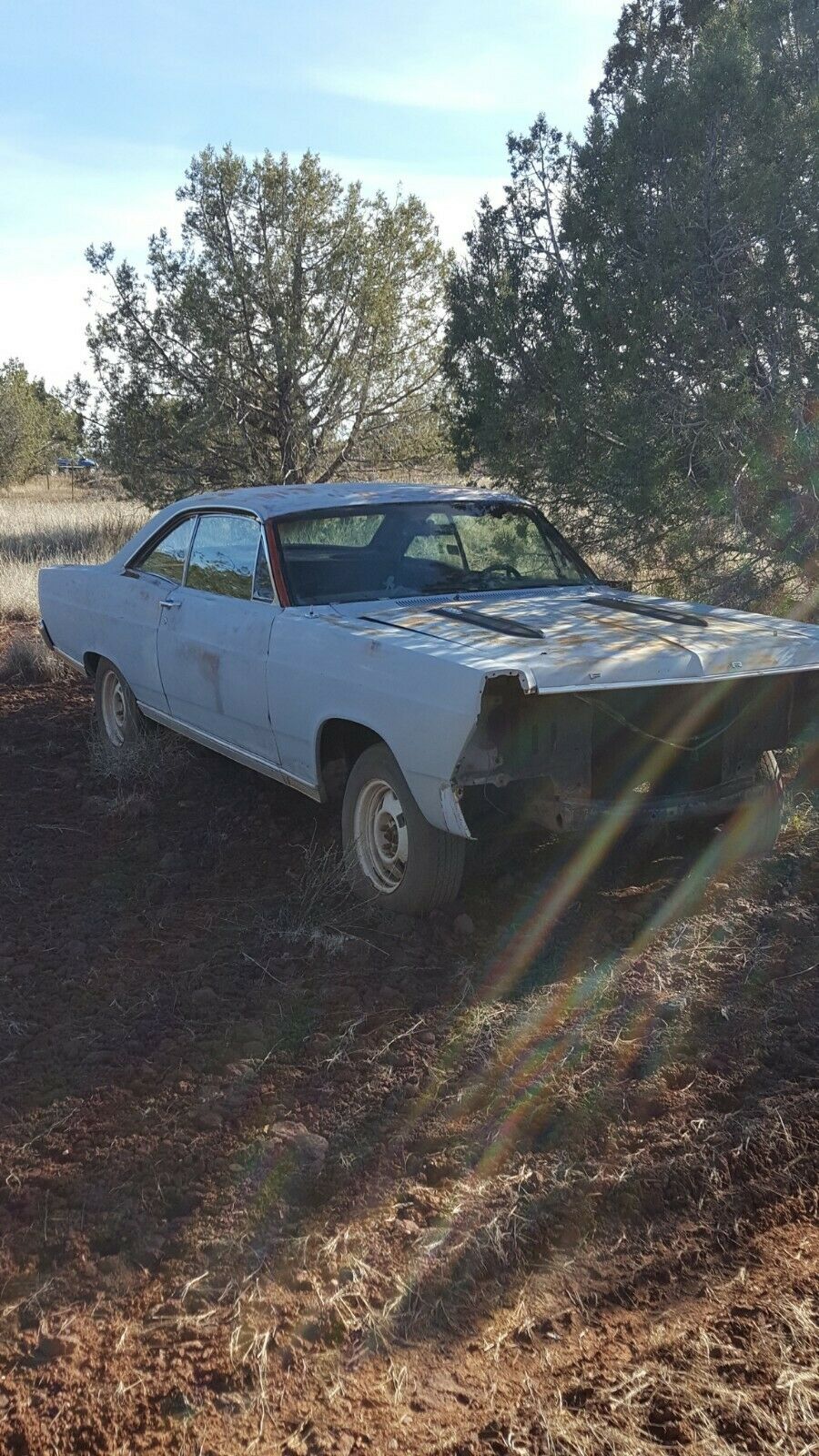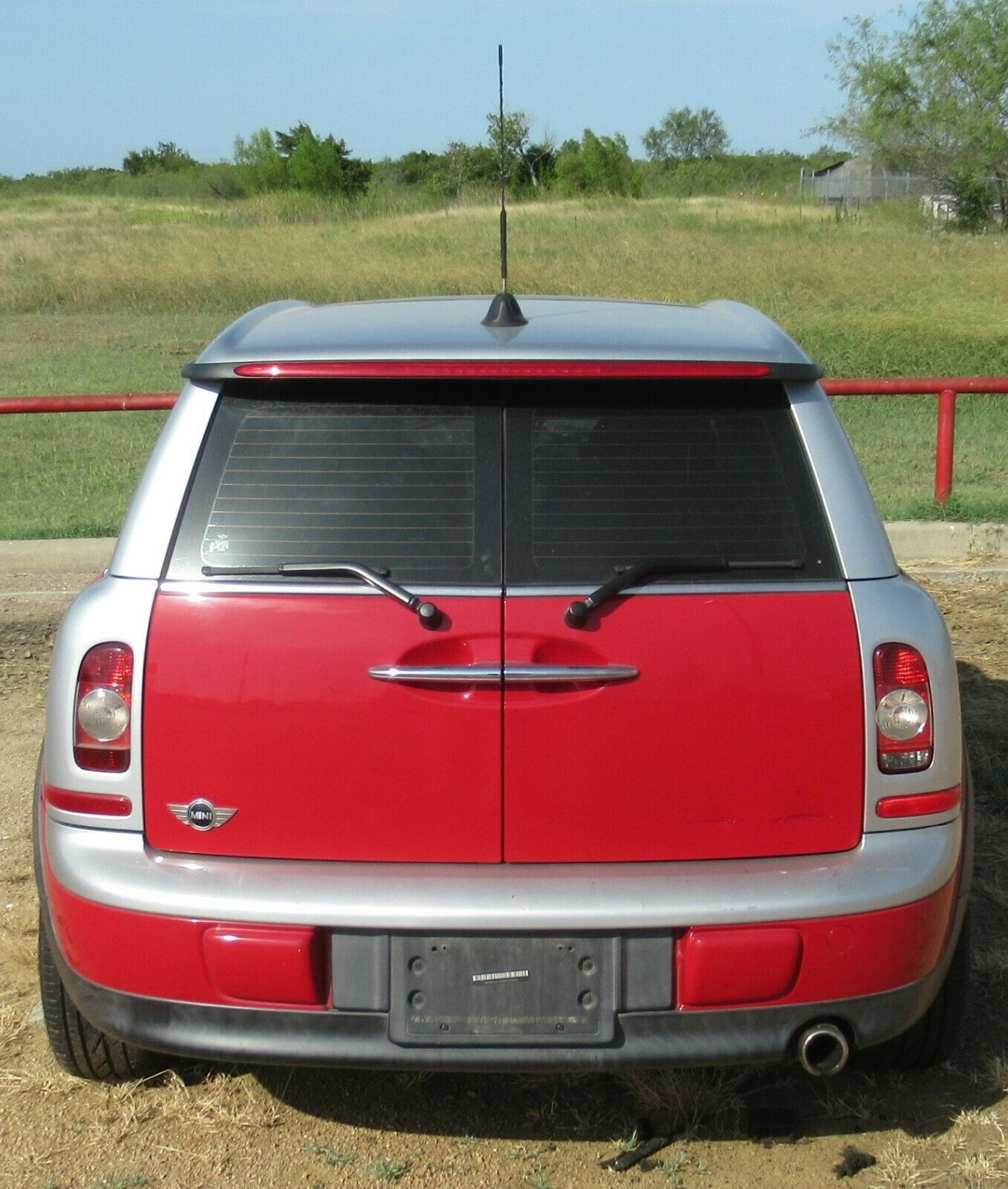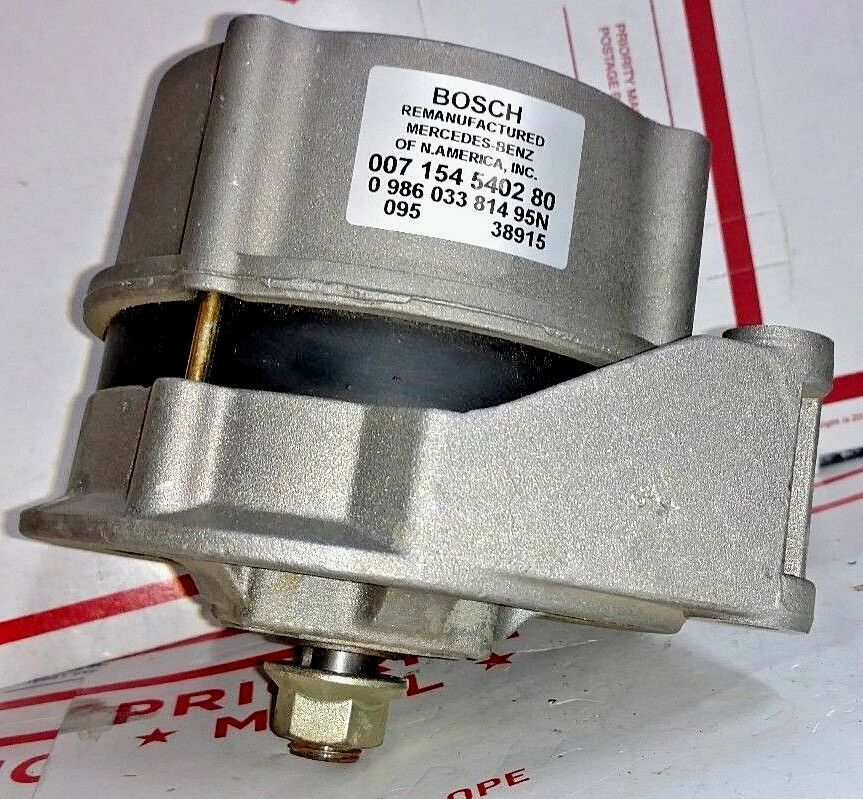-40%
A 1931 Ford Model AA Standrive Milk Delivery Truck 1928 1929 1930 Divco Mail
$ 3429.36
- Description
- Size Guide
Description
This is a very rare and interesting 1931 Ford Model AA "Standrive" milk delivery truck that was introduced by the Ford Motor Company somewhere around August of 1931. The chassis is based on a stock Model AA Ford truck chassis but it is exceptionally short with only a 111-1/2" wheelbase. That makes the wheelbase of this truck only 8" longer than a Model A chassis which had a 103-1/2" wheelbase. These trucks may also have been used for delivering mail, groceries as well as many other items.If you know of anyone who has or knows about one of these very rare trucks, PLEASE let me know. I was told the Henry Ford Museum has original drawings of over a hundred of the parts used in these very special trucks so that will make the job of restoring this beast much easier.
Ford made many minor changes to a stock Model AA truck chassis in order to make these very special vehicles of which one source claims 201 were built here in the USA in 1931 along with 12 more that were built in Walkerville Canada. Supposedly 246 more were built in 1932 worldwide. I have no idea if those built in 1932 were built on Model AA or the newer Model BB chassis. I believe Ford offered various wheelbases of the "Standrive" chassis and I have no idea how many of them were produced and if their number was included in the numbers mentioned above or not. If you want a "RARE" and very special Model A Ford project, here it is.
Both of the frame rails have been dropped about 11" for a distance of 21" to make foot wells easier for the driver to enter and exit either side of this vehicle while delivering milk at hundreds of stops every day. This was done by stamping special front and rear frame side rails along with another "U" shaped stamping and welding those pieces together.
The clutch and brake pedals have been relocated backwards to the front of the foot well so that the driver can operate this truck without setting down. That is why Ford called this the "Standrive" truck. The spark and throttle levers on the steering column are also unique to the "Standrive" Fords.
The battery was repositioned from under the driver's feet on a stock Model A to a position on the opposite side because of the special brake and clutch pedals that occupied the space where the battery was normally located. The emergency brake lever was relocated from the normal position to the right of the gear shift lever to a similar position on the left side of the gear shift lever. This was most likely done to make it possible for the driver to actuate the emergency brake while standing up. This re-positioned emergency brake lever required that a special stamped steel transmission cover plate be used and that very rare piece is still on this truck.
This gem in the rough is equipped with single 20" tires all around rather than with duals at the back like most Model AA Ford trucks of this vintage were.
The very special original steering wheel has 3-1/2" of dish to it compared to the stock Model A Ford steering wheel that has no dish at all. I suspect this very special dished steering wheel was produced to keep from lengthening the steering column so that that driver's knuckles would not hit the back of the windshield frame.
The body has been cut off about half way up so the original windshield, both sliding side doors and the roof are missing. The windshield shown on this truck is from a 1915 through 1922 Model T Ford roadster or touring car. I plan to remove it to make this beast easier to transport without damaging the steel cowl. The very special wide rear fenders ar 18" wide. The cargo area between the wheel wells or fenders is only 38" wide. This makes this vehicle 74" wide at the widest part which is over the pair of rear fenders.
This truck measures 94" long from the back of the side door opening to the front of the front fenders and 70" long from the back of the side door opening to the back of the body. This gives an overall length of 94" plus 70" or only 164". The non-authentic and home made rear hitch protrudes 11" back from the rear of the body.
The first 9 photos of this listing show this truck as it is today. The 10th and 11th photos of this listing show this truck as it might have looked when it was new over 85 years ago. The last photo shows a long wheelbase "Standrive" chassis with no body. These photos are included for reference only so you can get some idea how special and interesting this truck really is. I believe this is the shortest and therefore cutest Model AA Ford truck that the Ford Motor Company ever produced but please correct me if this is not true.
From page 211 of the great book "The Legendary Model A Ford" by Peter Winnnewisser:
"An unusual and controversial addition to the Ford truck line was the type 315-A Standrive Delivery, which became available for limited distribution at the end of August 1931. The list price was ,050 f.o.b. Detroit for the complete unit and 0 for the chassis alone. The body was manufactured by the Baker-Raulang Co. and was constructed of a hard maple framework, covered by sheet metal on the sides and canvas on the top. It had a sliding door on each side and no doors on the rear unless they were special ordered in advance for an additional .
The Standrive Delivery had a capacity of 42 standard size milk cases and was designed primarily for house-to-house delivery although other service companies used them. A general sales letter to the Dearborn branch listed the vehicle's standard equipment as right hand welled fender, windshield wiper, rear view mirror and satin finish paint job. Regular commercial colors and white were the standard colors.
Mindful of the delivery man, the company in the majority of the cases recommended that when this unit was to be used for milk delivery, a low speed axle would serve to best advantage, "particularlily in the northern branch territories as it is usually the milk man who must make the first tracks through snow." Ford assembly records show a production of 458 Standrive bodies through December 1932. Less that half of these (208) were produced in 1931.
The controversy about the Standrive stems from the remarks of California Ford dealer John A. Eagal, Sr., who made the following comments about the Standrive in his "Reminisceses." "We did have difficulty with the model they called the Standrive. The unit was built, I think, piecemeal by some experimental employees who had never built anything before, and it was a terrible piece of merchandise. We had to rebuild it entirely and then sell it at a loss. We received three of those models which were the worst merchandise we ever received from the Ford Motor Company."
It is interesting to note that the Baker-Raulang Co. was part of a company that started out as the Rauch & Lang Carriage Company in Clevelnd Ohio in 1920. They built electric cars and later merged with Baker who also built electric vehicles before discontinuing electric vehicle production soon after. The following interesting history can be found on Wicipedia:
Prior to 1929, all of Ford's station wagons were produced by custom body shops such as Cantrell, York-Hoover, Waterloo and others utilizing chassis purchased from independent Ford dealers. Ford decided to provide a factory station wagon for the new Model A, marking the first time a manufacturer mass-produced a station wagon on their own assembly line. Murray produced 4,954 examples of Ford's new 5 Model 150-A Station Wagon in 1929. The following year, A new body style, the 150-B, was introduced and the contract was split between Murray and Baker-Raulang in Cleveland, Ohio. Murray was swamped with other Ford projects so Baker-Raulang built the lion's share of the 6,363 Model 150-B bodies built in 1930-1931. 1932 Ford Model B station wagon bodies were all built by Baker-Raulang, as Murray was still overwhelmed with bodywork destined for the new 1932 Ford.
As Ford's Iron Mountain facility was ill-equipped to manufacture the complicated wooden framework for the Model 150 bodies, the millwork was subcontracted to the Mengel Body Company of Louisville, Kentucky, a medium-sized production body builder who had previously supplied Model T coachwork for Ford's Louisville branch. Iron Mountain shipped kiln-dried lumber to Mengel who milled and assembled the various subcomponents which were then shipped to either Murray or Baker-Raulang for final assembly. Rather than shipping the bare Model A chassis to Raulang, Ford opted to have Murray and Raulang assemble and finish the bodies, then ship them to a Ford assembly plant where they were mated to a waiting chassis. The bodies produced by Raulang were assembled without cowls as Raulang lacked the deep-draw presses needed to produce them and special bracing was installed to prevent damage during shipping to Ford. Baker-Raulang also built the very rare 1931 Model A Traveler's Unit, a 2-door Woody camper with screen-side panels based on the Model A Special Delivery Body.
From the late twenties through the late thirties, Raulang's "woodie" bodies were built for other chassis in addition to Ford. Available through independent automobile dealers and commercial body distributors, Raulang woodies enjoyed the same good reputation as their carriages and electric automobiles had years earlier. Series-built bodies were also produced in small quantities for other manufacturers such as the 100 built for Packard in 1937.
The success of the woody wagon body program for Ford brought them additional contracts for other Ford commercial bodies which was fortunate as the lack of deep-draw metal stamping equipment effectively put them out of the production automobile body business.
Ford's Type 315-A "Standrive" route delivery trucks featured a Raulang body upon the model's introduction in 1931. The "Standrive" models were built using a special Ford Model AA-112 drop-center chassis, which allowed a very low walk-in and standing driving position.
The Ford body number for this particular style of vehicle was 315-A. Ford also offered various lengths of "Standrive" chassis without bodies so you could build a body of your design on this chassis if you like. This truck came from a farm in central North Dakota. Unfortunately I have no other significant historical information regarding this vehicle other than it was last used in parades.
The engine is stuck and is from 1929 vintage so it is not the original engine for this vehicle. I removed both of the front wheels and had a tire shop use their machine to break the beads. The lock rings are not seized to the wheel rims so that is good news. The rear tires hold air while the front tires do not.
Please check this listing periodically because I may be adding more information soon. Thanks a lot, Bob Woodburn in Bozeman Montana USA
